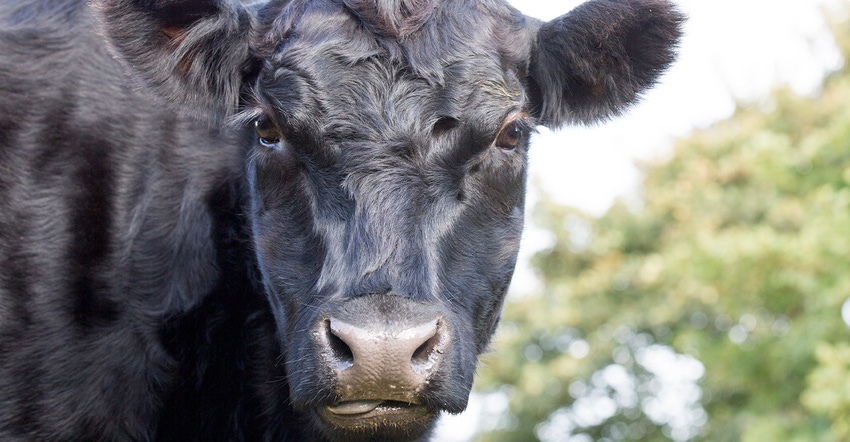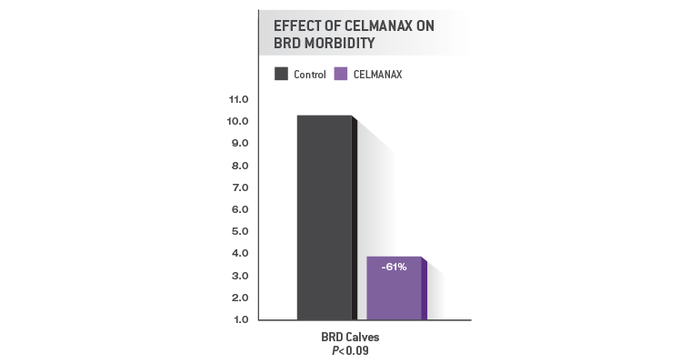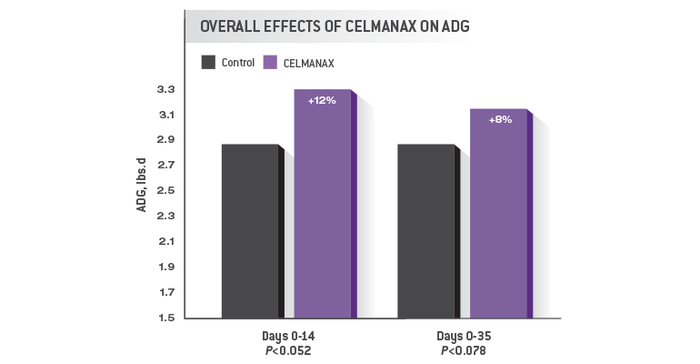Transportation stress can wreak havoc on cattle health. Learn how feeding RFCs in the receiving period prepares cattle immune systems to overcome stress.

Sponsored Content
While road trips are often fun and exciting for people, travel for cattle can be stressful. Cattle transport presents a plethora of potential stressors, which can lead to weakened immune systems and sickness. From tough weather conditions to lengthy travel or commingled loads, many factors can have detrimental effects on cattle.
Helping animals become resilient against these stresses by bolstering their immunity can significantly decrease incidence of sickness and mortality during the receiving period. Taking proactive measures to prepare cattle for the stressors of the receiving period may help maintain feed intake, boost average daily gain (ADG) and reduce costs from clinical health events. And it all starts in the gut.
Defend the gut first
The gastrointestinal (GI) tract is the primary point of attack for pathogens, diseases and infections. Compared to cattle with resilient guts, those with compromised immune systems are more vulnerable to pathogens. In fact, 70 percent of the cattle immune system is associated with the gut, proving that a healthy animal is synonymous with a healthy gut. When the GI tract is healthy, cattle are more resilient to stressors like transport.
Bovine respiratory disease (BRD), also known as shipping fever, is the most prevalent disease in stocker and feedlot cattle and can account for up to 80 percent of feedlot morbidity1. So how do you keep cattle healthy? By bolstering immunity through improved receiving period diets.
Gut health is the key to receiving period health
Promoting a healthy gut is central to helping prevent sickness like BRD and achieve production goals. CELMANAX™ works proactively in the gut to maintain the natural microbial population and support beneficial bacteria. CELMANAX delivers Refined Functional Carbohydrates™ (RFCs™) to help cattle cope with environmental changes.
RFCs block receptor sites in the gut and prevent pathogens from attaching to the intestinal lining. They also support fermentation and rumination to reduce the effects of toxins, like mycotoxins, in feed.
Supporting beneficial bacteria produces healthier animals and reduces need for antibiotics. By maintaining and supporting nutrient uptake, CELMANAX ultimately leads to better feed efficiency and animal performance.
Study shows RFCs improve cattle health
One research trial2 examined two truckloads of heifers fed receiving diets with CELMANAX. One group received a control diet and the other received the control diet with CELMANAX. The group fed CELMANAX recorded higher ADG, with a 61 percent decrease in BRD cases.


Prepare cattle for transport stress
Don't let stress wreak havoc on your herd. Set up cattle for success in the receiving period by adding CELMANAX to rations to improve gut health and strengthen immunity. By doing so, cattle can use their energy to overcome transport stress rather than fighting off disease and infections.
To learn more about how CELMANAX can support receiving period health in cattle, find an ARM & HAMMER™ rep near you.
1 BRD. Back to basics. Drovers September 22, 2014. Available at: https://www.drovers.com/article/brd-back-basics-0
2 Ponce CH, Schutz JS, Elrod CC, Anele UY, Galyean ML. Effects of Dietary Supplementation of a Yeast Product on Performance and Morbidity of Newly Received Beef Heifers. Prof Anim Sci 2013;28:618-622.
© 2020 Church & Dwight Co., Inc. ARM & HAMMER, CELMANAX, RFC and Refined Functional Carbohydrates are trademarks of Church & Dwight Co., Inc.
About the Author(s)
You May Also Like


.png?width=300&auto=webp&quality=80&disable=upscale)
